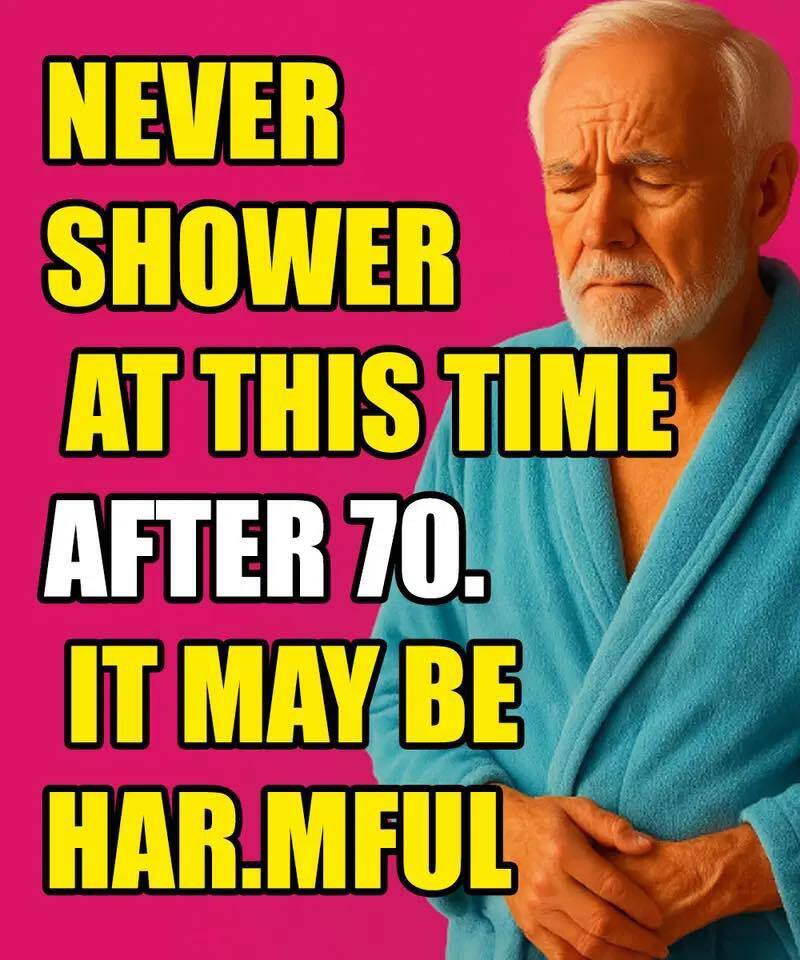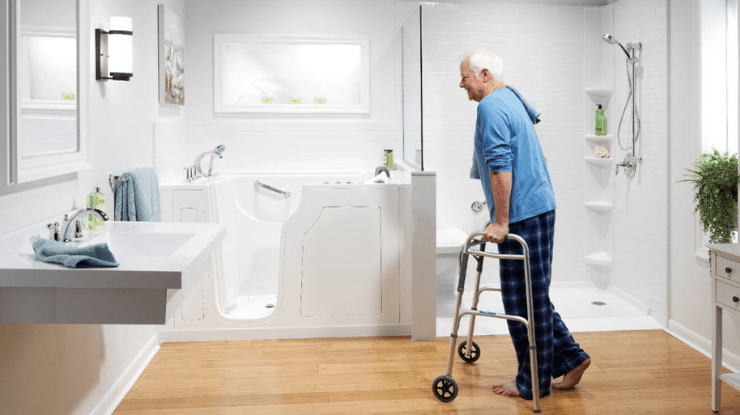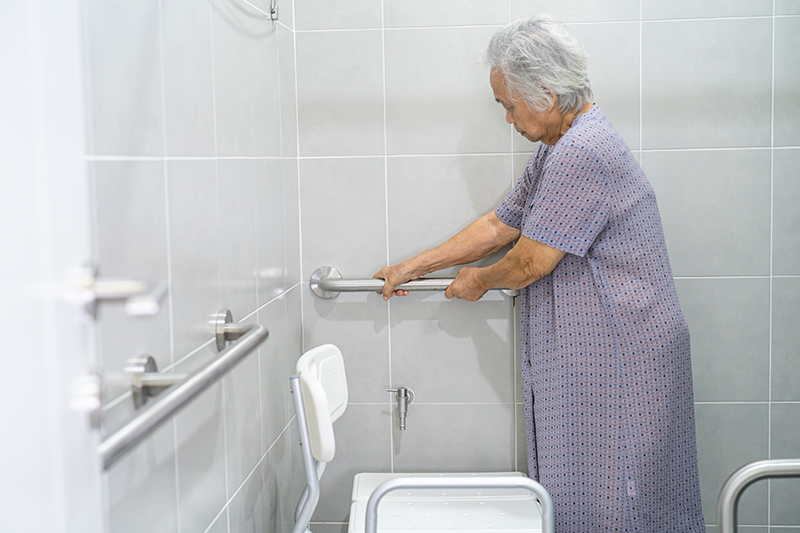
Showering is part of our daily routine—so routine, in fact, that we rarely think twice about when we do it.
But for older adults, choosing the wrong time to bathe could quietly pose serious health risks. From blood pressure drops to fainting spells, something as simple as stepping into the shower can turn dangerous without the right precautions.
This concern was brought to public attention when a 75-year-old man passed away after showering at a high-risk moment. While it may have seemed like a tragic accident, it has raised awareness about a preventable danger—especially for seniors.

Why Timing Matters
Bathing early in the morning, just after waking, can be risky. At that time, the body is still adjusting, and the circulatory system may not yet be fully active. Sudden exposure to hot or cold water can cause an abrupt shift in blood pressure, leading to dizziness or even fainting.
Another dangerous moment is right after meals. During digestion, blood flow is concentrated in the stomach and intestines. Showering then forces the body to redirect blood flow for temperature regulation, which can trigger a sharp drop in blood pressure and potentially cause falls or loss of consciousness.
Common Side Effects of Poor Bath Timing
Some of the most frequently reported issues include:
- Sudden hypotension
- Light-headedness and loss of balance
- Fainting and injuries from falls
- Muscle cramps from temperature shock
- In extreme cases, cardiac arrest—especially in individuals with heart problems
If safety measures like grab bars or non-slip mats are absent, the danger increases.

Why Older Adults Are More Vulnerable
With age, the body becomes less tolerant to temperature extremes and sudden changes in blood flow. For those with heart issues, diabetes, low blood pressure, or a history of fainting, the risks are even greater. Some medications also amplify these effects by lowering blood pressure or increasing fatigue.
When Is the Safest Time to Shower?
Experts recommend two windows that are generally safe for older adults:
- Mid-morning (9 a.m. – 11 a.m.): The body is more alert, blood pressure is stable, and it won’t interfere with digestion.
- Mid-afternoon (3 p.m. – 5 p.m.): Especially suitable after light physical activity, when circulation is active and stable.
Avoid showering immediately after waking or right after eating. Waiting at least 40 minutes post-meal is a good rule of thumb.

Essential Shower Safety Tips
- Use lukewarm water to avoid temperature shock.
- Install grab bars and non-slip mats in the shower.
- Use a shower seat if you feel weak or unsteady.
- Don’t bathe alone if you’re on medications that affect blood pressure.
- Keep the bathroom ventilated to avoid overheating and difficulty breathing.
- Always stay hydrated, before and after showering.
- Inform someone before showering if you live alone, especially if you have known health conditions.
Talk Openly and Kindly
Many older adults may resist changing their routines, insisting, “I’ve always done it this way.” But initiating a gentle, informed conversation can make a big difference.
Try saying:
- “How about showering a bit later in the morning?”
- “Let’s add some support bars just in case.”
- “Would you like some company while you shower today?”
Framing the conversation as care—not control—can help your loved ones stay safe without feeling pressured.

Final Thoughts: A Simple Change That Saves Lives
Bathing isn’t just hygiene—it’s a moment of connection and care. By adjusting shower routines and ensuring safety measures, we can transform this everyday act into something both enjoyable and secure.
It’s not about avoiding showers—it’s about making them smarter and safer. With a few mindful changes, we can protect those we love and help them age with dignity and health.